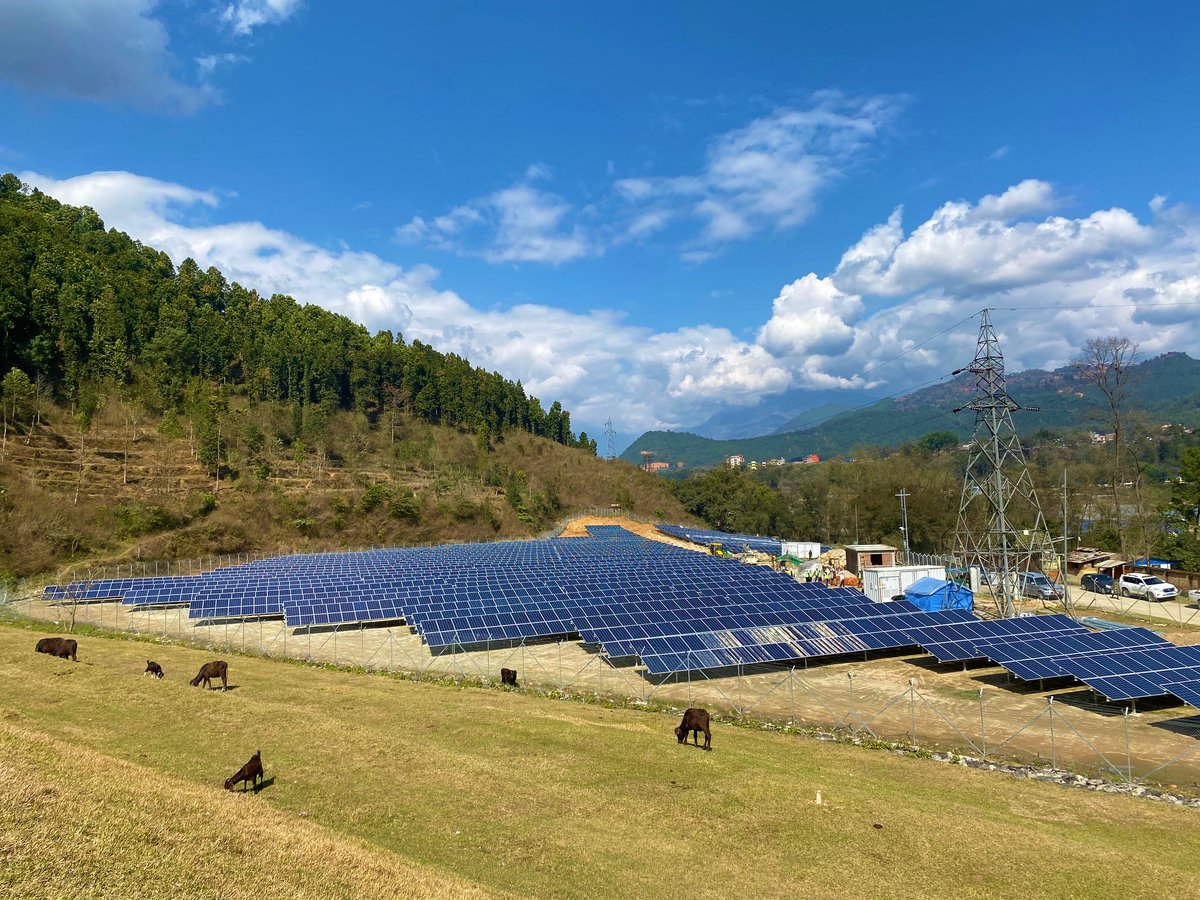Nepal’s energy policy in 2023 and beyond
A shift to clean energy is long overdue in Nepal, not so much to save the planet but to save our economy
In Nepal, the new year coincides with a newly elected federal Parliament being installed. And as the new government takes shape, there is a lot at stake.
Besides improving governance and service delivery, one of the most urgent tasks is to manage Nepal’s energy policy in 2023 and beyond.
Nepal must do this not just to meet its own pledges under the Nationally Determined Commitment to decarbonise that it made to the international community, but to save its economy from collapse and to protect public health.
The rate at which Nepal’s petroleum import is growing is economically unsustainable. It is now 20% of total imports, and more than all its exports combined. Burning fossil fuels is also endangering the lives of Nepalis, reducing the average lifespan of city-dwellers by up to 4 years.
Read also: Can Nepal go from hydro to hydrogen?, Kunda Dixit
The new coalition government has very little excuse for not accelerating the country’s energy transition from petroleum to renewables. Nepal has all the resources, sufficient budget, and a vast array of clean energy possibilities with multi-dimensional benefits.
The energy crisis must be placed front and centre in the new government’s agenda because it has implications on so many fronts, including making Nepal more politically dependent on India.
Among the alternatives, Nepal’s vast hydroelectric resources can be used to power public transport, domestic cooking, and industries. There are greater value-added benefits if Nepalis can use domestically-produced hydroelectricity rather than exporting it for cheap to India.
Every Nepali high school student’s social studies textbook has an entire chapter devoted to the country's hydropower potential from its perennial rivers, and it is presented as the resource that will safeguard the country’s future.
Ironically, it is climate-induced disasters like as glacial lake outburst floods and high runoff that can destroy the very hydropower plants that we need as an alternative to greenhouse gases. We have seen the destructive debris flows on the Melamchi and Dordi Khola. Risk assessment prior to construction should now be mandatory for all riverine projects.
Even though a switch to renewables is important to save the economy, nearly 70% of Nepalis still depend on biomass for domestic energy — firewood, dried dung and other farm residue. This comes with the dangers of indoor pollution, which means alternatives like bio-CNG hold much promise.
Besides helping energy self-sufficiency, expanding bio-CNG and biogas production in all seven provinces can generate side jobs for farmers, help in waste management, and produce organic fertiliser to reduce dependence on imported chemical fertilisers.
Another much-delayed policy measure is Nepal Electricity Authority (NEA)'s plan to install net metering for solar power generation which will allow households to feed surplus energy into the national grid, and get paid for it. Not only would this ensure energy security, it would also be an incentive for businesses to switch to clean energy. We have no idea why such a win-win policy has not been implemented yet.
It is not that Nepal is moving in the wrong direction with its energy sector. There is increased awareness about the benefits of clean energy and the public, already coping with record high fuel prices, wants alternatives. But the pace at which Nepal is moving is so slow that petroleum imports are growing faster than ever.
The war in Ukraine has shown the world that a self-sufficient energy sector is the best thing a country can have at times of geopolitical turmoil. As far back as April 2022, the European Council had already realised the impact of a stoppage of Russian gas supply to Europe.
The EU announced economic sanctions on Russia and its oligarchs, but imports of gas continued. A quarter of Europe’s gas imports were from Russia, and it needed time to switch to alternative supply sources.
Much of the EU's dependency on Russian gas is fuelled by countries like Germany, Italy, France, and Spain. And Germany imported more than half of its gas from Russia before Putin’s war. Today, despite pressure to stop imports, it still imports a quarter of its gas from Russia.
What has happened in Europe in the past year has been replicated across the world, including in Nepal with inflated fuel prices. This shock is the right opportunity to spur policy decisions to accelerate the switch to renewable energy.
Depending on fuel from abroad means that a country's economy is, to some extent, in the hands of the exporter. The exporter can choose how and when to pressurise and increase prices, as we have seen Russia doing this past year, or with India’s Blockade of Nepal in 2015.
But it also means that fossil fuel exporting countries should now start planning for peak oil, and declining petroleum demand worldwide, as Europe is already seeing.
Sooner or later, things will change around the world. But for Nepal, there is no sooner or later. Things must change now.




